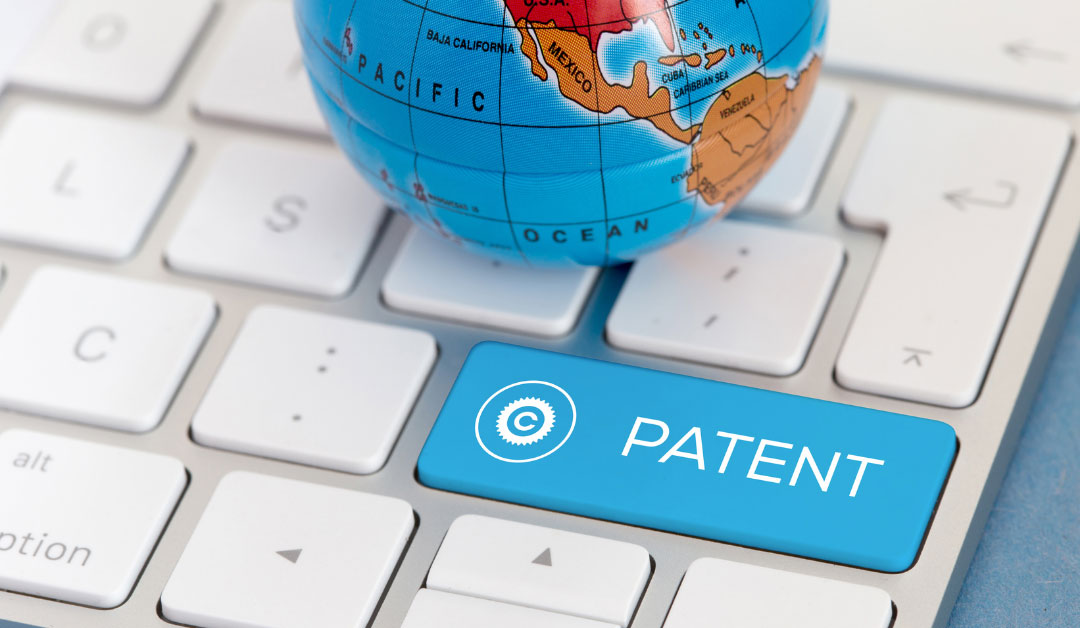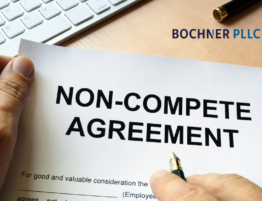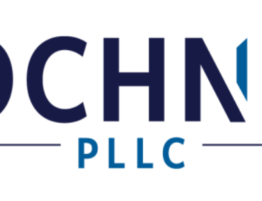
Patent Process Requirements
In a recent post, I explained what a patent was and why it was so important for entrepreneurs and inventors. A patent is a property right granted by the government to the inventor of a machine, process, composition of matter, or article of manufacturing. To receive a patent, the applicant must demonstrate that their invention is “new, useful, and non-obvious”. This post will take a closer look at patent process requirements and some areas of concern for inventors and entrepreneurs.
The risk of invalidating your invention
If you do not understand the patent application process, there will be a greater risk of invalidating your invention. In most countries, if you publicly disclose your invention it is immediately no longer patentable. Because the information has been shared in a public forum, other people can begin using it without the risk of violating any future patent.
In the United States, there is a 12 month grace period. This means you can share details of your invention and still obtain a patent as long as you quickly apply for one. The same rule applies when selling your invention in physical form. You will only have 12 months after your first sale to apply for a patent on the invention. After that point, it is considered a part of the public domain.
Unfortunately, many solo entrepreneurs and inventors are so excited about the prospect of their invention being a success that they rush it to market before obtaining a patent. There are thousands of inventors who have lost the ability to patent their invention because they did not enter into the patent process soon enough.
Failing to patent your product won’t mean you are immediately out of business. However, it may mean that another business could copy your machine, process, composition of matter, or article of manufacturing, and compete with you.
Types of patents
There are three types of patents available from the USPTO:
• Utility Patent
Available for anyone who invents or discovers any new and useful process, machine, article of manufacture, or compositions of matters, or any new useful improvement thereof.
• Design Patent
Available for anyone who invents a new, original, and ornamental design for an article of manufacture.
• Plant Patent
Available for anyone who invents or discovers and asexually reproduces any distinct and new variety of plant.
Once you have decided which type of patent to apply for, the next step is to choose one of the available patent applications and proceedings. They are:
Provisional patent application
A provisional patent application is a place holder that secures a filing date that will last for 12 months (non-extendable). It allows you to file without a formal patent claim, oath or declaration, or any information disclosure (prior art) statement. The patent office will not fully review the invention listed in the application and will not determine if it is patentable. However, they will check a small number of required components.
This type of patent is designed to give you patent pending status while you prepare a non-provisional patent application. The details of the invention are not reviewed and after the 12 month period is over, the USPTO will destroy the patent application. Provisional patent applications are never published.
Patent Cooperation Treaty (PCT)
The Patent Cooperation Treaty is an international law treaty that was introduced in 1970. The treaty provides a unified procedure for filing patent applications to protect inventions across multiple countries. The application filed under the PCT is called an international application, or PCT application. One hundred and fifty-two countries are signatories to the PCT, including the United States.
It is possible to file a PCT application after receiving a provisional patent application, which gives you a total of up to 30 months protection before a non-provisional patent application is required to be filed.
Non-provisional patent application
A non-provisional patent application involves a much more extensive process because the USPTO must determine the patentability of your invention. The publication of a non-provisional patent occurs 18 months after submission, however, applicants from the United States can designate that it not be published as long as you are not applying for protection outside of the United States. A patent examiner will take anywhere between 18 to 36 months to look at the patentability of your application. This process is not shortened by previously holding a provisional patent application or PCT application.
The requirements for non-provisional patent include:
• Patentable subject matter
Some things can not be patented. This include ideas, algorithms, and things that can be found in nature.
• Must be new and useful
You cannot patent an invention which was discovered centuries ago — the invention must be brand new. It must also have some practical and valuable use.
• It must be non-obvious
The invention must be something which other people in the field could not have easily thought of.
• Enabling
The patent application must have enough detail that it allows someone else to make or use the invention.
Failure to meet one of the four requirements for a non-provisional patent can lead to rejection by the USPTO.
Thanks for reading Patent Process Requirements. To learn more about patents and their use, book a free consultation here or call us at 813-421-3883.








